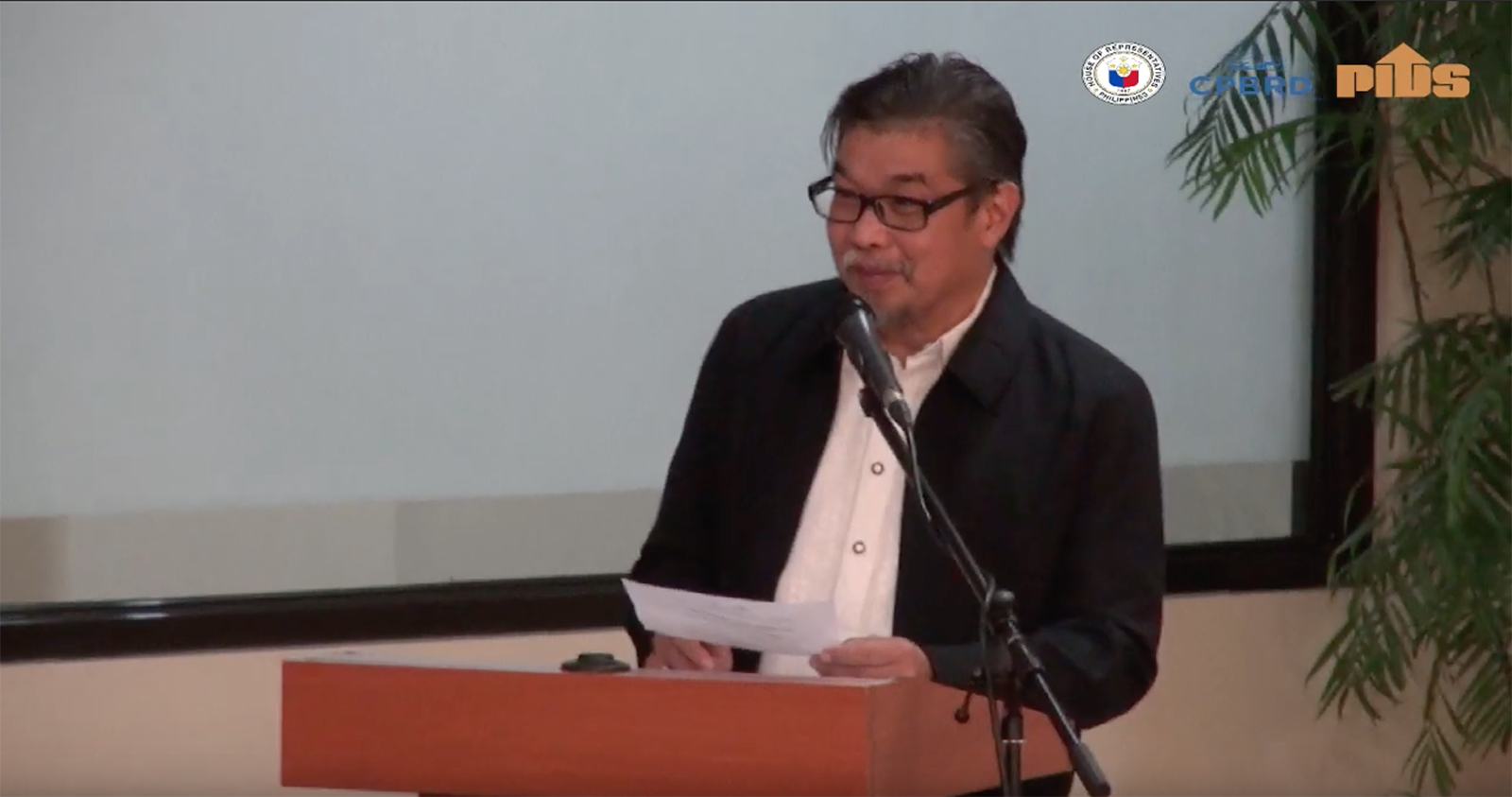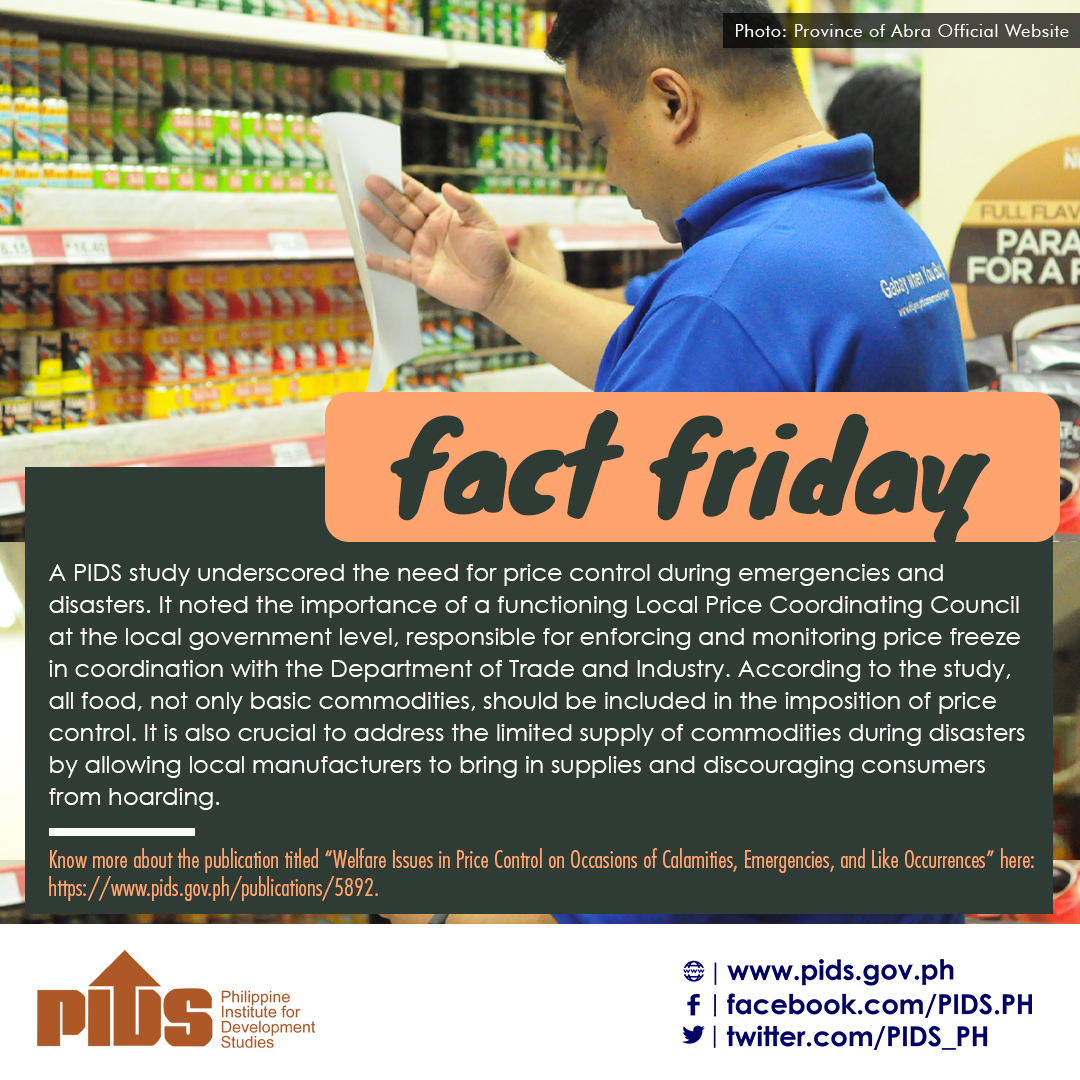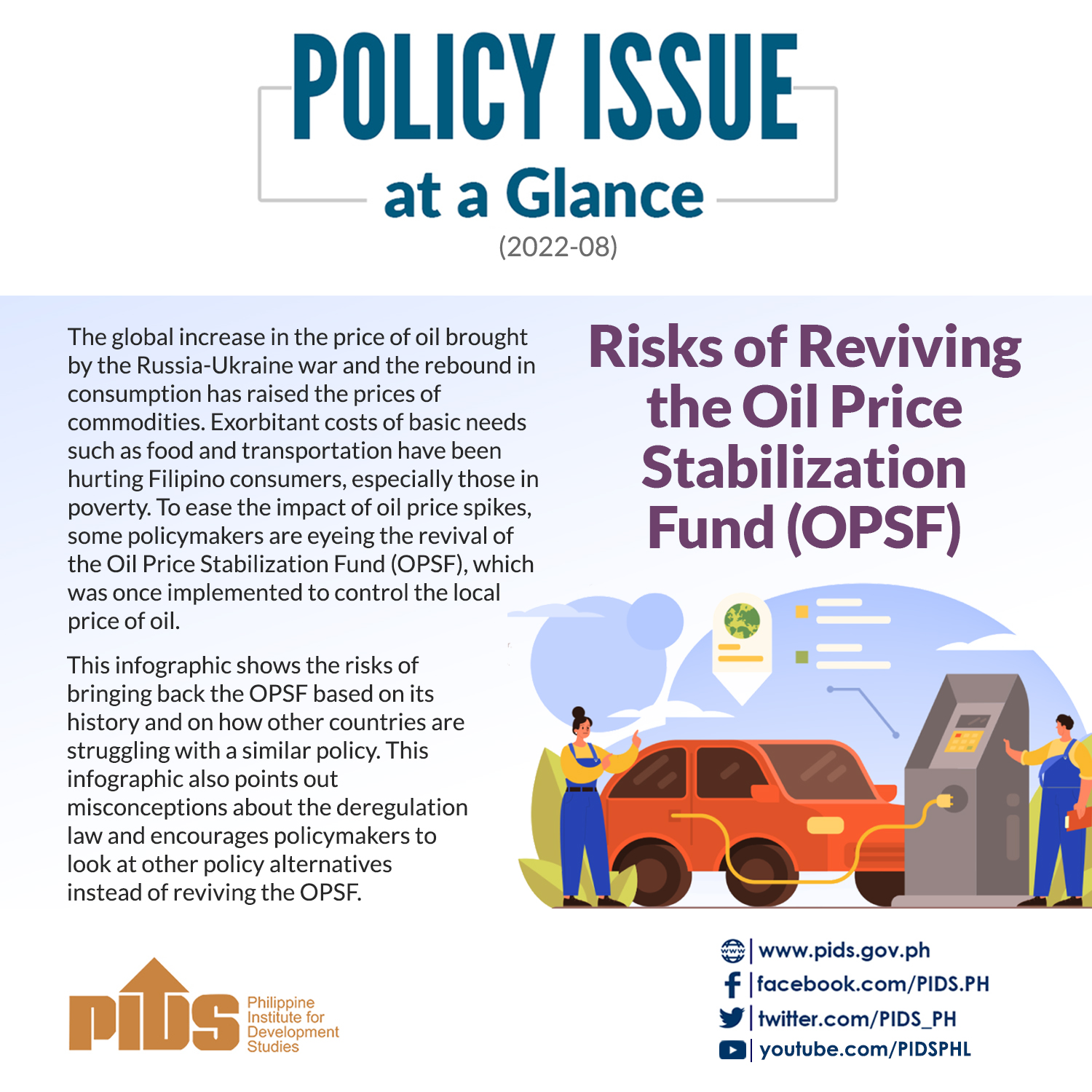FILIPINO consumers must brace for higher rice prices should the plan of Vietnam and Thailand to jointly raise export prices of the staple pushes through, experts and industry players said.
Roehlano M. Briones, a senior research fellow at the Philippine Institute of Development Studies, said Thailand and Vietnam’s latest plan is reminiscent of the proposed Organization of Rice Exporting Countries countries before, which had the goal of controlling the global rice market.
Like the OREC, Briones said he does not see Thailand and Vietnam’s plan materializing this year, especially since other rice-producing and exporting countries like India and Myanmar are not part of the talks.
“Nothing happened with OREC and I think nothing will happen with this as well, especially since they are only two countries. There is no India, Myanmar and Cambodia,” he told the BusinessMirror.
However, Briones said if Thailand and Vietnam decide to increase their rice prices, then it may be “moderately harmful” to Filipino consumers. Nonetheless, he added that the country’s rice supply remains secure since bulk of our staple stocks come from local farmers.
“[Supply] will just be more expensive,” he said.
Federation of Free Farmers National Manager Raul Q. Montemayor said the Philippines will not be in a position to negotiate rice prices with its foreign suppliers since it is the one in dire need of additional stocks.
“They will take advantage of the situation. And what can we do? International prices of rice will increase while our production is expected to decline this year,” Montemayor said in a virtual briefing organized by food security advocacy group Tugon Kabuhayan on Monday.
“We are at the mercy of the exporters,” Montemayor added.
Vietnam and Thailand are the top rice suppliers of the country as they account for about 95 percent of annual import volume. Last year, Vietnam exported 2.36 million metric tons (MMT) of rice to the Philippines while Thailand shipped over 131,000 MT of rice.
Montemayor said the country cannot afford to be dependent on imports amid the various global economic challenges affecting supply chains and food supplies.
“We don’t want to discourage our farmers from producing, because if the global market is unstable, we won’t have many options left to us,” he said.
Based on estimates made by the FFF, Montemayor said Filipino consumers would have to shell out an additional P190 million per day if rice prices rise by P5 per kilogram due to compounding global factors.
“If the price increase of P5/kilo persists for 100 days, total loss of consumers will be P19 billion,” he added.
Montemayor said it would cost the government about P27 billion to P38 billion to subsidize local farmers’ higher expenditure on fertilizer and fuel due to rising global prices.
Tugon Kabuhayan urged the local government units (LGUs) to increase their support to local agriculture to cushion the impact of the looming food crisis on Filipino rice farmers.
“With the supply shortfall and rising cost of feed products that we are experiencing amid the ongoing war between Russia and Ukraine and the rising cost of agricultural inputs, we believe it is high time for the local government to boost their support to local agriculture,” the group said.
Reacting to the plan of Thailand and Vietnam, the Samahang Industriya ng Agrikultura (SINAG) urged the government to prioritize local production by subsidizing farm inputs and helping farmers across the whole production chain.
“All countries will naturally protect their own domestic needs first. We can never rely on the vagaries of the world market,” the group said.
“Political upheavals, pandemics and natural calamities are more often than ever before. Disruption of supply chain and global price volatility is the new norm,” it added.
Foreign news agencies reported that Thailand has been negotiating with Vietnam to raise their prices to “boost their bargaining power in the global market” and provide their farmers with higher income.











